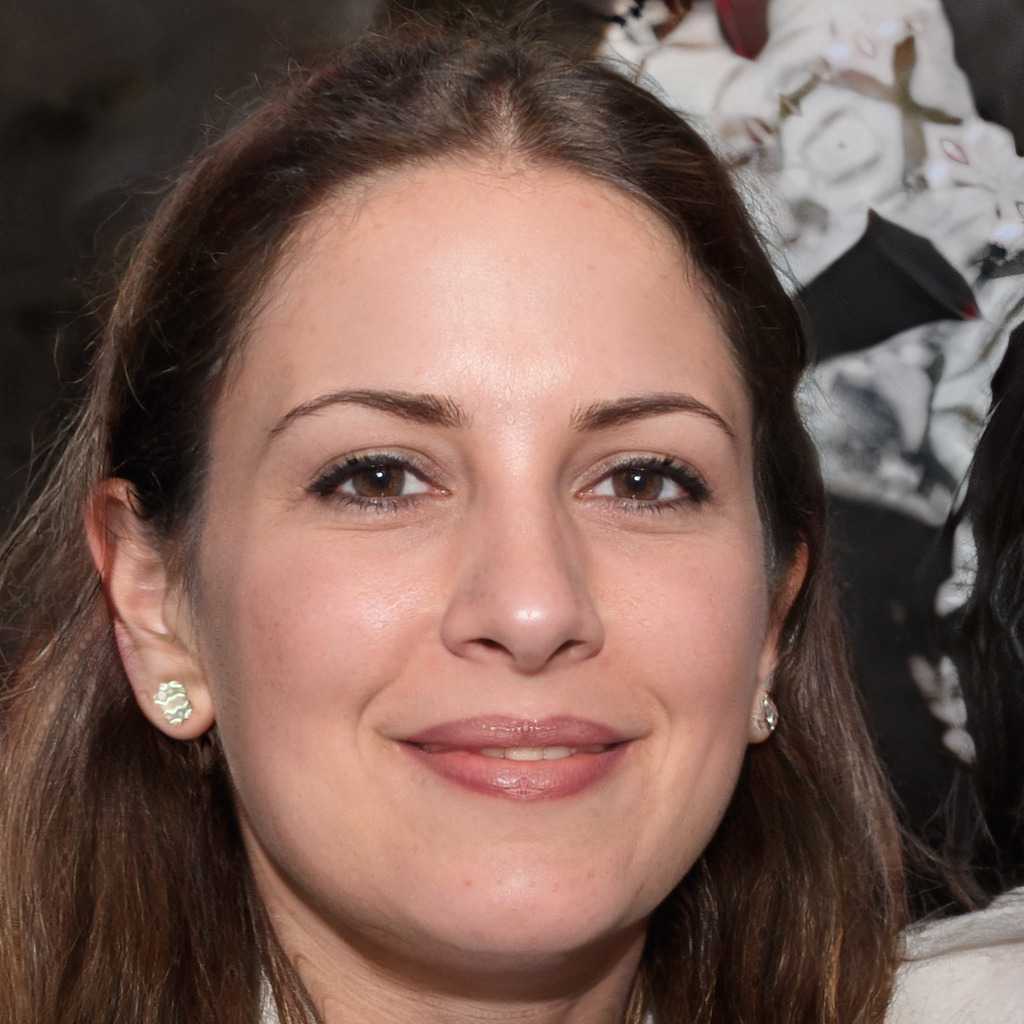Building a competitive team isn’t just about hiring the right people; it’s about creating a dynamic environment where each member thrives. I’ve seen firsthand how the right mix of roles and synergy can propel a team to success.
Understanding how to align individual strengths with team goals can make all the difference. In this article, I’ll share effective strategies for defining roles, fostering collaboration, and implementing recruitment tips that attract top talent.
Whether you’re a seasoned leader or just starting out, these insights will help you cultivate a team that’s not only competitive but also cohesive. Let’s dive into the essential elements that can transform your team into a powerhouse.
Understanding Team Dynamics
Understanding team dynamics plays a crucial role in building a competitive team. Effective collaboration relies on clear roles and strong interpersonal relationships among team members.
The Importance of Roles in a Team
Clear roles provide structure and accountability. Defining each member’s responsibilities enhances individual contributions, promotes accountability, and minimizes overlaps. When everyone understands their position, progress towards team goals accelerates.
For example, a marketing team might assign roles like content creator, social media manager, and data analyst. Each role, while distinct, must connect to the overall objective of driving brand awareness. A well-defined role fosters confidence in each member’s abilities, encouraging them to utilize their strengths effectively.
Building Synergy Among Team Members
Synergy among team members enhances productivity and creativity. When individuals collaborate effectively, the team produces superior outcomes than any member could achieve alone. I focus on promoting open communication, trust, and mutual respect within the team to foster this synergy.
Mentorship programs, team-building activities, and regular feedback sessions help strengthen relationships. For instance, conducting brainstorming sessions can spark innovative ideas while reinforcing teamwork. By nurturing collaboration, I create an environment where ideas flow freely, resulting in enhanced problem-solving and decision-making capabilities.
Key Roles in a Competitive Team
Understanding key roles within a competitive team is essential for maximizing performance. Each role contributes uniquely to the overall success, ensuring that the team operates effectively and cohesively.
Leadership Roles
Leadership roles are critical for guiding the team toward its objectives. A strong leader sets a clear vision and inspires team members to perform at their best. I prioritize the following leadership roles:
- Team Leader: This individual coordinates tasks, monitors progress, and addresses challenges. They ensure alignment with team goals and facilitate communication.
- Project Manager: Responsible for planning and executing projects, the project manager allocates resources, manages timelines, and assesses risk. Their focus maintains efficiency throughout project phases.
- Product Owner: This role defines the team’s product vision, prioritizing features and functionalities. The product owner engages with stakeholders to ensure that the team delivers value.
Support and Operational Roles
Support and operational roles provide the foundation for team functionality. These roles improve workflow by handling specific tasks and enabling core team members to concentrate on their responsibilities. I emphasize these support roles:
- Coordinator: This individual manages logistics, schedules meetings, and organizes resources. Their contributions streamline processes and enhance collaboration.
- Data Analyst: A data analyst interprets metrics and generates insights to inform decision-making. Their analysis guides strategic directions and performance improvements.
- Administrative Support: Responsible for everyday tasks, this role ensures that the team has the necessary tools and environment to thrive. They assist with documentation, scheduling, and communication.
By clearly defining leadership and support roles, I establish an environment where team members understand their contributions and can work synergistically toward common goals.
Effective Recruitment Strategies
Recruiting the right team members forms the foundation of building a competitive team. Utilizing strategic approaches ensures that I attract individuals who align with team goals and contribute positively to the culture.
Identifying the Right Talent
Identifying the right talent requires a targeted approach. I focus on defining the skills and experiences needed for each role, ensuring alignment with the team’s objectives. Utilizing job descriptions that specify these requirements improves clarity.
I also leverage multiple channels, such as online job boards, professional networks, and employee referrals, to reach a diverse pool of candidates. Implementing structured interviews, skills assessments, and practical exercises helps evaluate candidates effectively.
For instance, using a coding challenge for a developer role provides insights into their technical abilities.
Assessing Cultural Fit
Assessing cultural fit strengthens team cohesion. I prioritize candidates who resonate with the organization’s values and mission. During interviews, asking behavioral questions related to teamwork and problem-solving reveals how candidates may interact within the team.
Implementing peer interviews adds another layer, allowing potential team members to assess compatibility. I also encourage open discussions about organizational culture, enabling candidates to understand our environment.
Techniques like job shadowing or trial projects offer insights into daily team dynamics, enhancing the selection process.
Fostering Team Collaboration
Fostering collaboration within a team is essential for driving success. It involves establishing open lines of communication and promoting team-building initiatives that strengthen relationships.
Communication and Feedback Mechanisms
Effective communication forms the backbone of successful teamwork. I focus on implementing multiple channels for sharing information, such as regular team meetings, project management tools, and instant messaging platforms.
These allow for real-time updates and necessary adjustments. I prioritize feedback mechanisms to ensure team members feel heard and valued. Constructive feedback loops, such as bi-weekly one-on-one check-ins and anonymous surveys, help identify areas for improvement.
Setting clear expectations for feedback encourages accountability and transparency, fostering a culture of continuous enhancement.
Team-Building Activities
I believe in the power of team-building activities to strengthen relationships and boost morale. Activities that cater to different preferences and skill sets, such as problem-solving workshops, outdoor challenges, or creative brainstorming sessions, cultivate trust and camaraderie among team members.
I schedule regular team-building events, ensuring they align with team objectives and provide opportunities for collaboration beyond regular tasks. These initiatives not only develop rapport but also enhance creativity and innovation. Teams that bond through shared experiences demonstrate improved communication and a stronger commitment to collective goals.


 Mistyck Winstonolie, the visionary founder of Power Gamer Strategy Hub, has carved a dynamic niche in the gaming world by blending passion with purpose. Under her leadership, the platform has become a vital source for gamers seeking cutting-edge news, expert strategies, esports insights, and thoughtful reviews. Driven by a deep understanding of both casual and competitive gaming cultures, Mistyck continues to empower players and fans alike through engaging content that informs, inspires, and elevates the global gaming experience.
Mistyck Winstonolie, the visionary founder of Power Gamer Strategy Hub, has carved a dynamic niche in the gaming world by blending passion with purpose. Under her leadership, the platform has become a vital source for gamers seeking cutting-edge news, expert strategies, esports insights, and thoughtful reviews. Driven by a deep understanding of both casual and competitive gaming cultures, Mistyck continues to empower players and fans alike through engaging content that informs, inspires, and elevates the global gaming experience.